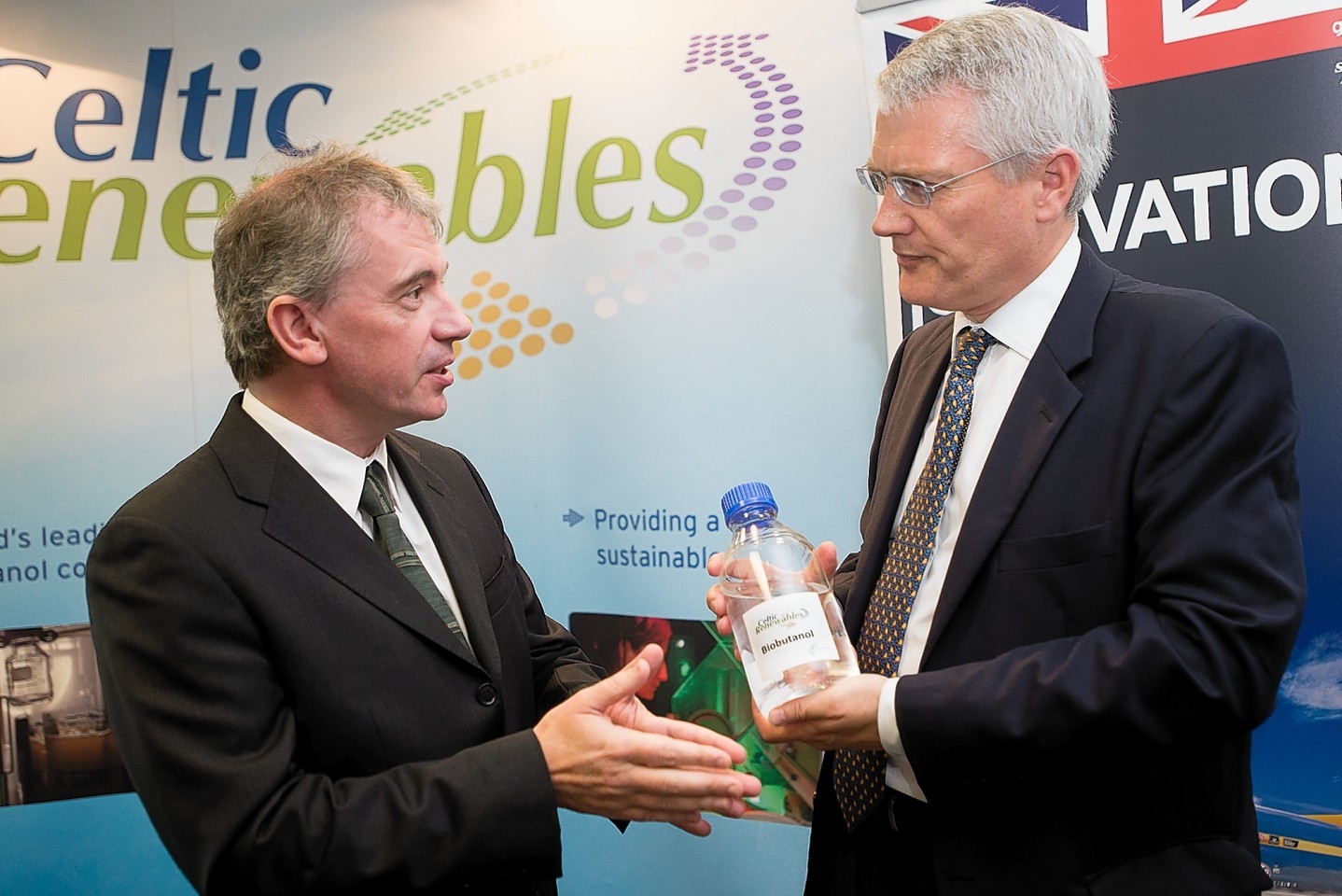Celtic Renewables is celebrating an £11million cash boost for its plan to produce transport fuel from the residues of whisky-making
The Scottish green-energy firm has just won £11million from a £25million Department for Transport (DfT) competition funding pot to help it achieve its goal.
It aims to have the world’s first facility for converting whisky waste into biofuel built and up and running by December 2018.
Once operational, the new plant is expected to produce at least 220,000 gallons of fuel annually.
The technique could transform the whisky industry and generate up to £100million-worth of transport fuel a year from its by-products.
Unlike other biofuels, whisky-based bio-butanol can be used as a direct replacement for petrol, or as a blend, without the need for vehicle engine modification.
The whisky fuel is produced from draff – the sugar-rich kernels of barley that are soaked in water to facilitate the fermentation process necessary for whisky production – and pot ale, the copper-containing yeasty liquid that is left over following distillation.
Celtic Renewables, a spin-out from the Biofuel Research Centre at Edinburgh Napier University, was launched in January 2012 with the aim of producing it on an industrial scale.
It is one of three companies from around the UK to have secured funding announced by UK Transport Minister Andrew Jones yesterday.
Professor Martin Tangney, the company’s founder and president, said: “We are committed to developing a new industry in the UK that will be worth more than £100million a year.
“We have already attracted investment and partners in the private sector, and this funding announced today will allow us to scale-up to industrial production.
“Our next step is to open a demonstration facility and we are targeting a location in or near Grangemouth, which is an area that’s strategically right for us.”
Mr Jones said: “I am delighted to announce that Celtic Renewables is one of three winners of the DfT’s Advanced Biofuels Demonstration competition.
“This is a great example of the UK government’s commitment to innovative transport technology and supporting jobs and growth.
“Biofuels have an important role to play in keeping Britain moving forward in a sustainable and environmentally-friendly way.
“This £25million is not only a vital investment in technology that will help secure a greener future but will also help support the creation of thousands of jobs.”
The minister added: “Advanced biofuels have the potential to save at least 60% of the greenhouse gas emissions from the equivalent fossil fuel.
“The three successful bids show how the government is investing in transport and making better, clean journeys.”
The other companies which won funding in the DfT competition are Teesside-based Nova Pangaea, which produces biofuel from forestry waste, and Swindon-based Advanced Plasma Products.
